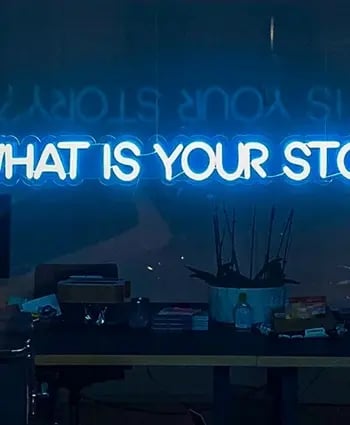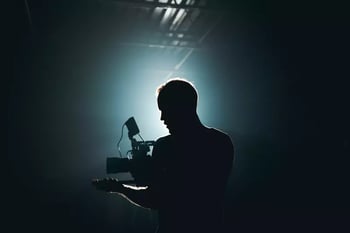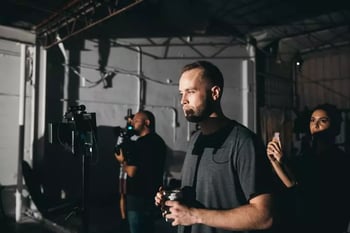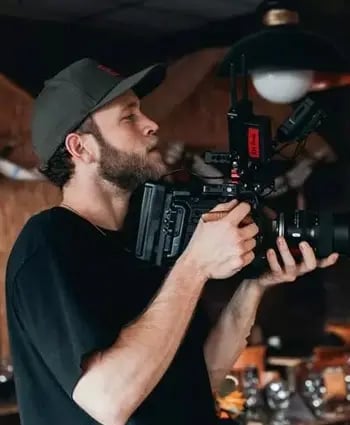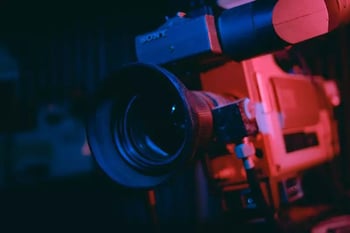Monitoring Continuity During Shoots
Explore the meticulous steps top video companies take for seamless storytelling and polished final products, from wardrobe to lighting.
While the razzle-dazzle of special effects or a stirring soundtrack can impress, there's an unsung hero in film and video creation: continuity. Ensuring a scene seamlessly transitions to the next, devoid of jarring inconsistencies, is the hallmark of meticulous filmmaking.
It's what separates amateur ventures from the polished outputs of a professional video production company. Let's explore the intricacies of monitoring continuity during shoots.
1. The Role of the Script Supervisor
At the heart of continuity lies the script supervisor. This unsung hero meticulously logs each take, noting props, wardrobe, actor positions, and even dialogues. They're the director's right hand, ensuring that scenes shot days or even weeks apart appear to unfold in a single, continuous narrative.
2. Documenting with Photos
In today's digital age, there's no excuse not to snap photos for reference. Whether it's the exact position of a mug on a table or the way a scarf is draped over a chair, photographs provide an irreplaceable point of reference. Every detail-oriented video production company will have a catalogue of continuity photos from their shoots.
3. Marking Actor Positions
Between takes, actors might understandably shift, stretch or wander. To ensure they return to the exact same spot, marks are placed on the floor using tape. These discreet indicators help talent remember their precise location and orientation within a scene.
4. Continuity in Wardrobe and Makeup
It's not just about where a prop sits or an actor stands. The state of an actor's wardrobe and makeup is also crucial. A shirt suddenly untucked or lipstick that's brighter in one shot can jolt the viewer out of the story. Regular checks and touch-ups, matched with documented photos, ensure visual consistency.
5. Maintaining Lighting and Shadows
Lighting isn't static; the sun moves, clouds shift, and even studio lights can get bumped. Monitoring these changes and adjusting accordingly is key. Shadows, in particular, can be a dead giveaway of a lapse in continuity.
6. Eyeline and Dialogue Consistency
The direction in which an actor is looking, especially during dialogues, must remain consistent. An eyeline mismatch can be distracting. Similarly, the pacing and intonation of delivered lines should be uniform across takes, ensuring smooth editing transitions.
7. Props and Background Elements
Background elements, from passing cars to chirping birds, can inadvertently become central to a viewer's focus. It's vital to ensure these remain consistent or are edited out in post-production. Similarly, the state and position of props — from the level of drink in a glass to the pages of an open book — should remain unchanged.
8. Rely on Detailed Notes
Apart from photos, detailed notes are the backbone of continuity. These not only cover the visual aspects but also any changes in script, improvised lines, or unexpected occurrences that might affect continuity.
The Subtle Art of Continuity
Continuity is like the stagehand in a theatre production: invisible, but integral. While it may not grab the headlines, its importance is undeniable.
A top-tier video production company like Venture understands that mastering continuity is foundational to creating professional, polished content. After all, in a world where storytelling is king, ensuring an uninterrupted flow is what keeps the audience truly immersed.

Written by Emily Malone Marketing Manager for Venture — a full-service video production agency that specialises in producing creative videos & campaigns that get real results.

